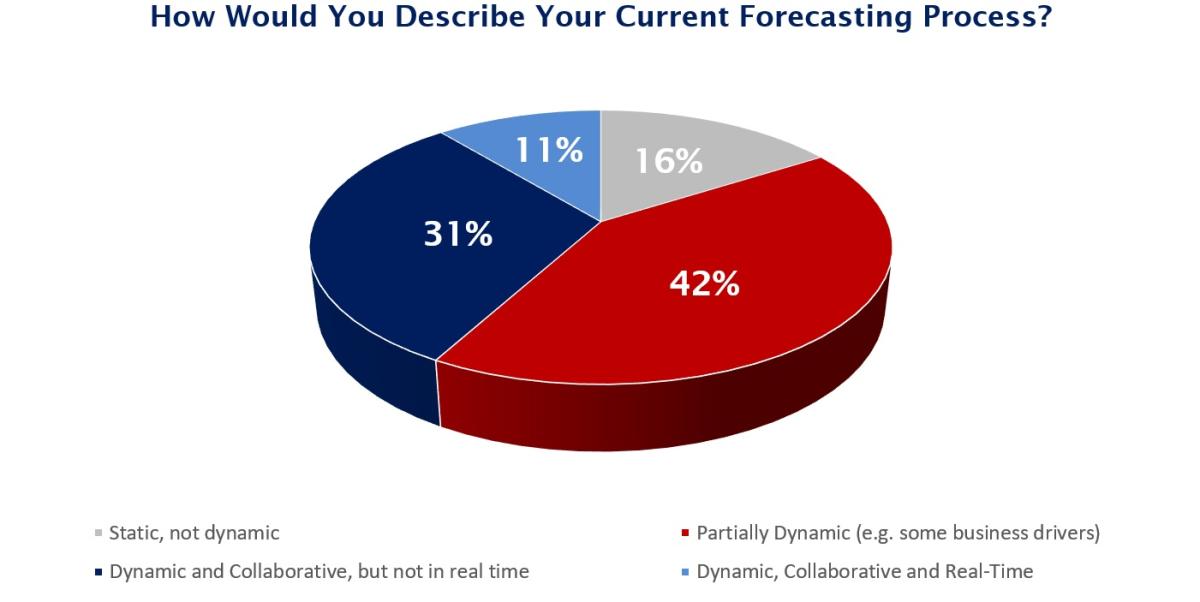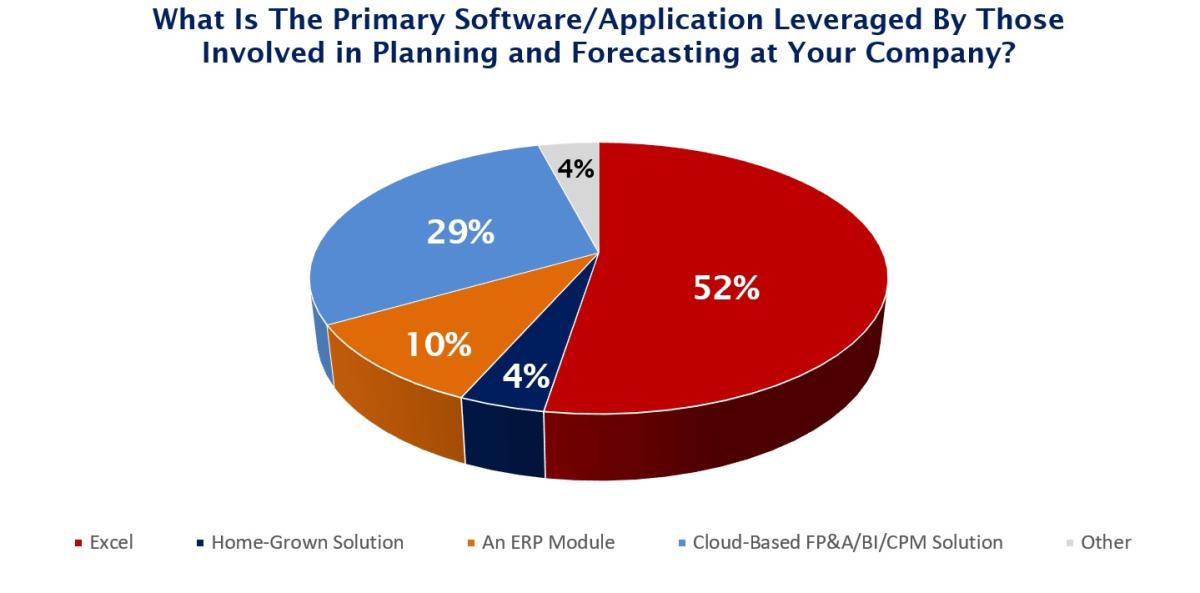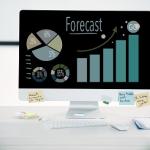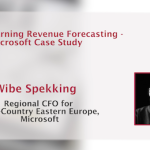The benefits of measuring seasonality of accuracy are that users can plan high/low scenarios for each...

On October 5, 2022, FP&A Trends hosted an exciting webinar: Managing high growth with dynamic forecasting at Dollar General.
The author of the article facilitated this webinar, and the panellists discussed the importance of dynamic forecasting in a rapidly developing business environment. Before deep-diving into the case study, let us look at the webinar's agenda below:
The webinar covered the following areas:
- Why is digital Financial Planning & Analysis (FP&A) transformation important?
- Evolving from static FP&A to dynamic FP&A.
- A holistic approach to the transformation considering models, processes, systems and people.
- Key lessons learned and recommendations based on the Dollar General case study.
The World Is Changing Faster than Ever
Ron Monteiro introduced the topic by discussing his experience in an environment with a traditional planning approach and how this did not enable great business partnerships and quick decision-making. He then framed how quickly the world changes (Covid 19, massive inflationary pressure and supply chain challenges). In this rapidly changing world, the move to dynamic planning can be a tremendous advantage for companies that want to thrive in this environment.
One specific focus area was Paul Schoemaker's 'Uncertainty cone', which helped explain the situation. The predictability window has shrunk dramatically in today's world, necessitating moving away from traditional planning and expediting the move to dynamic planning. The velocity of the events going on dictates the requirement of being agile.
Deep-Dive Into a Case Study: Dollar General
Key facts: Dollar General is an American network of shops that has $34 billion in annual revenue. Their network includes 18,566 stores, growing with approximately 1,000 new stores annually. They are experiencing explosive growth, including international expansion into Mexico.

Figure 1: The First Polling Question about Forecasting Processes
After short introductory information and getting acquainted with the agenda, we launched the first polling question to learn more about the current state of forecasting processes in different organizations. According to the poll results, only 11% of respondents claim they have collaborative and real-time forecasting, while 16% operate completely static forecasts. However, most attendees (42%) have a partially dynamic forecasting process. The other 31% do have dynamic and collaborative forecasting, but it is not done in real-time.
How to Establish Dynamic Forecasting
Gray Finney ensured the audience knew that the change does require significant effort and that the FP&A teams needed to work closely with their cross-functional partners to help them through the changes. It was very important for them to paint the picture of how this change would benefit each function and person working in the company in the long run. It helped the teams stay on track and commit to this significant change within the organization.

Figure 2: The Second Polling Question about Software/Applications
Used for Planning and Forecasting
During the webinar, we asked our audience what software they use for planning and forecasting. Paradoxically, more than 50% of webinar attendees still use Microsoft Excel as their primary tool for planning and forecasting. In the current environment, Excel does not contribute to effective decision-making in real-time. The minority of the respondents (29%) go ahead with either CPM, BI, or other digital solutions. 4% of the audience claimed they use a home-grown solution for their forecasting process.
After collecting these insights, Gray started to dwell on the benefits of implementing dynamic forecasting in an organization. Some of the key takeaways are outlined below.
- The FP&A team can complete weekly integrated forecasts.
- The process now enables quick reviews with management and real-time decision-making.
- Previous functional silos no longer exist, as all functions can update their respective parts of the Rolling Forecast in real-time.
- Risks of manual error when forecasting or completing analysis have been dramatically reduced.
- The previously disconnected Excel environment is now fully integrated into their ERP system.
Key Lessons Learned & Recommendations on Dynamic Forecasting
Gray elaborated on the crucial lessons learned in dynamic forecasting and explained the five most vital takeaways before stepping into it.
- Moving to a dynamic forecast model has growing pains but is well worth the effort.
- The need to gain buy-in from the organization was critical learning.
- Great coordination and relationships with the Information Technology (IT) team are essential to have a successful transition.
- It is important to utilize forecasting tools that solve specific/real issues vs one-size-fits-all. A thorough needs assessment is critical.
- Selling points to leadership include the following points, which all help prove the ROI for the investment:
- Faster turnaround for a forecast.
- A greater level of visibility.
- More levers to pull to drive business results.
Conclusion
Dynamic forecasting is an approach that allows you to be up to speed in the modern business world. Opting for this will help you produce forecasts faster and explore the abovementioned levers. While outdated and disconnected processes are eliminated, the organization benefits from real-time decision-making. In turn, this becomes crucial in a rapidly changing business environment.
We would like to thank Anaplan for sponsoring this webinar.
Subscribe to
FP&A Trends Digest

We will regularly update you on the latest trends and developments in FP&A. Take the opportunity to have articles written by finance thought leaders delivered directly to your inbox; watch compelling webinars; connect with like-minded professionals; and become a part of our global community.





